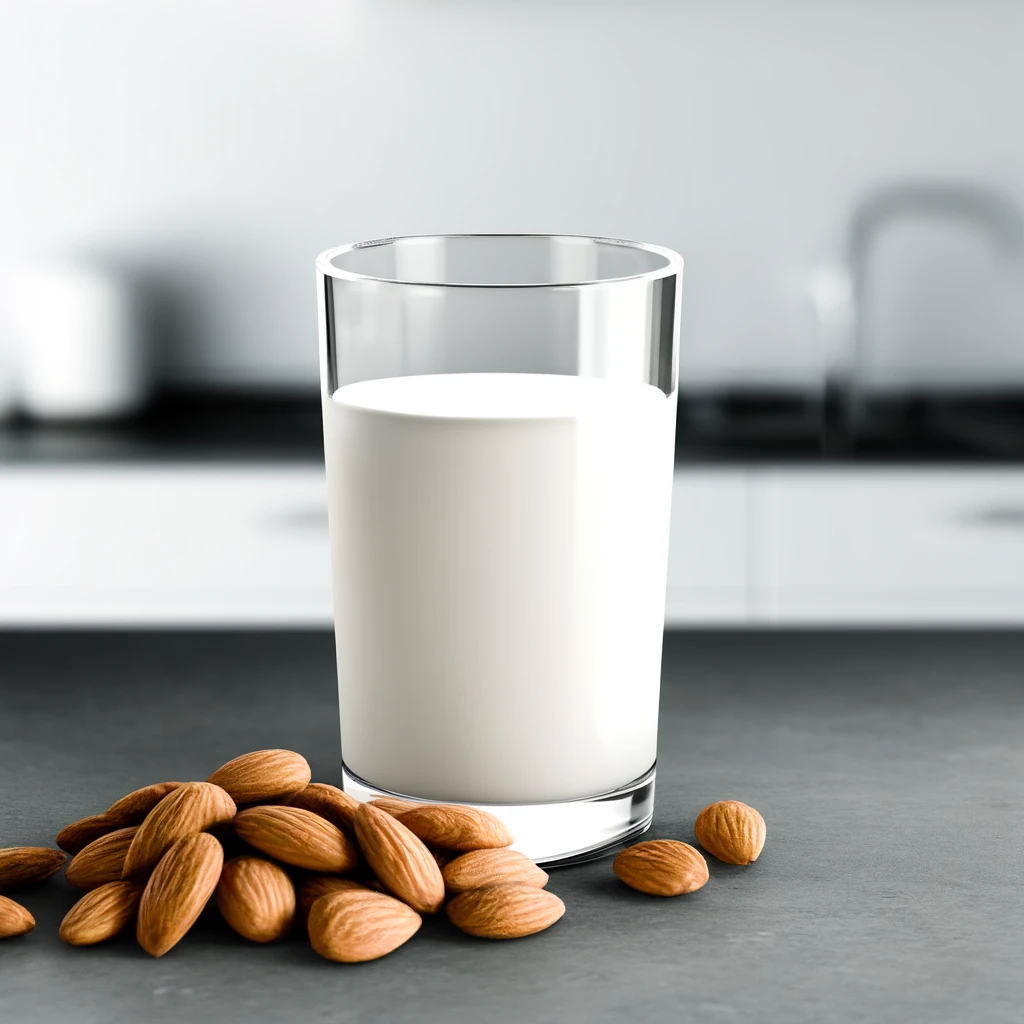When it comes to selecting the right type of milk, the options can be overwhelming. Oat milk, almond milk, and whole milk each have their proponents and critics, but the best choice ultimately depends on your nutritional needs, dietary restrictions, and personal preferences. Here, we’ll delve into the benefits and drawbacks of each to help you make an informed decision.

For those who do not have issues with dairy, grass-fed organic whole milk can be an excellent choice. This type of milk is rich in protein, essential fats, and carbohydrates, providing a well-rounded nutritional profile. Grass-fed milk comes from cows that have grazed on grass instead of being fed grain-based diets. This not only improves the quality of the milk but also enhances its nutritional content, including higher levels of omega-3 fatty acids and vitamins like Vitamin E and beta-carotene.

Almond milk is a popular dairy-free alternative, favored for its light texture and plant-based origin. However, it’s essential to read labels carefully. Many commercial almond milks contain added sugars and additives like carrageenan, an emulsifier known to cause digestive issues for some people. Unsweetened almond milk is a lower-calorie option that doesn’t raise sugar levels significantly, but it’s also lower in protein and other nutrients compared to cow’s milk.
Oat milk has gained popularity as another plant-based milk alternative, particularly among those who have nut allergies and cannot consume almond milk. Made by blending water and oats, this milk alternative has a creamy texture and a slightly sweet flavor due to the natural sugars from oats. However, because it is high in carbohydrates and can spike insulin levels, it may not be the best choice for everyone, especially those managing diabetes or looking to reduce sugar intake.
In conclusion, the choice between oat milk, almond milk, and whole milk depends on various factors including dietary needs, health goals, and environmental considerations. While I personally prefer grass-fed whole milk for its nutritional benefits and taste, those with specific dietary restrictions or environmental concerns might opt for almond or oat milk. Whichever you choose, opt for the version that best suits your dietary needs and lifestyle preferences, and always check the labels for unwanted additives and sugars.